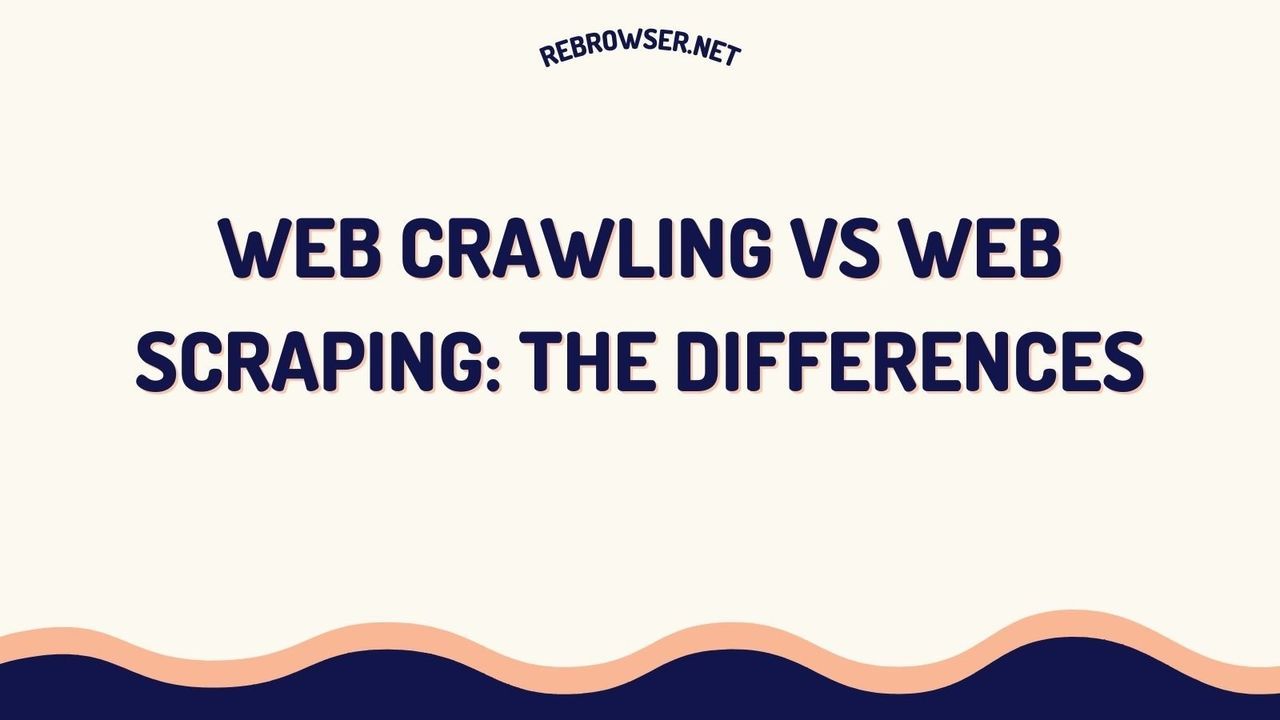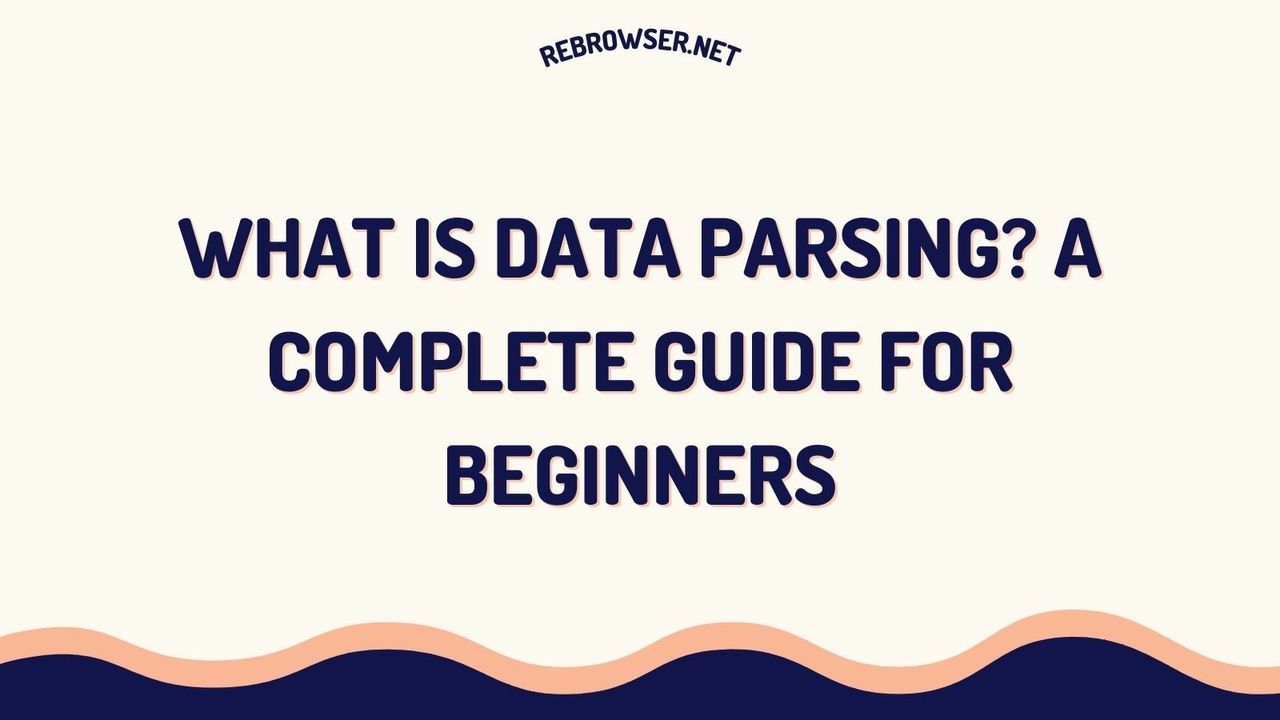Anti-Scraping Protection in 2025: From Basic Defense to Advanced Implementation.
Key Takeaways
- Implement a multi-layered defense strategy combining rate limiting, behavioral analysis, and JavaScript challenges to effectively protect against modern scraping attempts
- Use advanced fingerprinting and ML-based detection to identify sophisticated bots that mimic human behavior
- Regular monitoring and adaptation of anti-scraping measures is crucial as scraping techniques evolve rapidly
- Consider user experience when implementing protection measures - balance security with accessibility
- Stay compliant with legal frameworks while protecting your data from unauthorized extraction
Understanding Modern Web Scraping Threats
Web scraping has evolved from simple HTML parsing to sophisticated operations using headless browsers and AI-powered tools. According to recent data from Imperva's Bad Bot Report, automated scraping attempts now account for over 30% of all website traffic, marking a significant increase from 27.7% in 2022.
While legitimate scraping exists for price comparison, research, and data aggregation, malicious scraping poses serious threats:
- Content theft and republishing
- Competitive intelligence gathering
- Server resource drainage
- User data harvesting
- Price manipulation
Building a Multi-Layered Defense Strategy
1. Request Pattern Analysis
Modern anti-scraping solutions must go beyond simple rate limiting. Implement sophisticated request pattern analysis:
// Example rate limiting configuration with pattern detection
const rateLimit = {
windowMs: 15 * 60 * 1000, // 15 minutes
max: 100, // limit each IP to 100 requests per windowMs
handler: function (req, res) {
if (detectSuspiciousPattern(req)) {
incrementSuspicionScore(req.ip);
}
}
}
2. Advanced Browser Fingerprinting
Modern fingerprinting techniques combine multiple data points:
- Canvas fingerprinting
- WebGL fingerprinting
- Audio context fingerprinting
- Font enumeration
- Hardware concurrency detection
// Basic fingerprint generation example
function generateFingerprint() {
const canvas = document.createElement('canvas');
const gl = canvas.getContext('webgl');
const audioContext = new (window.AudioContext || window.webkitAudioContext)();
return {
canvas: canvas.toDataURL(),
webgl: gl.getParameter(gl.VERSION),
audio: audioContext.sampleRate,
hardwareConcurrency: navigator.hardwareConcurrency,
// Add more parameters
};
}
3. JavaScript Challenges
Implement dynamic JavaScript challenges that verify browser capabilities:
async function verifyBrowserCapabilities() {
// Generate random mathematical operations
const challenge = generateMathChallenge();
// Execute in browser context
const result = await executeInBrowser(challenge);
// Verify timing and result
return validateExecution(result);
}
Real-World Implementation Examples
E-commerce Protection
A major e-commerce platform implemented the following measures:
- Dynamic price rendering using JavaScript
- Session-based token validation
- Browser behavior analysis
- Adaptive rate limiting based on user history
Result: 94% reduction in unauthorized price scraping attempts within the first month.
Content Platform Protection
A leading content platform implemented:
- Content fragmentation and lazy loading
- Dynamic DOM manipulation
- Mouse movement tracking
- scroll pattern analysis
Result: 88% decrease in content theft while maintaining SEO rankings.
Choosing the Right Anti-Scraping Strategy
1. Evaluating Your Protection Needs
Before implementing anti-scraping measures, carefully assess your website's specific requirements:
- Content sensitivity and business value
- Current scraping pressure and patterns
- Available technical resources and expertise
- Impact tolerance on user experience
- Budget constraints and ROI considerations
2. Balancing Security and Accessibility
Finding the right balance between protection and user experience is crucial. Consider implementing a tiered approach:
- Basic protection for public content
- Enhanced security for sensitive areas
- Premium protection for critical business data
- Custom solutions for unique requirements
Emerging Technologies in Anti-Scraping
AI-Powered Detection
Modern anti-scraping solutions are incorporating machine learning models to detect patterns that indicate bot behavior:
- Neural networks analyzing user behavior patterns
- Anomaly detection in request patterns
- Predictive blocking based on historical data
- Natural language processing for content access patterns
Zero Trust Architecture Integration
Implementing zero trust principles in anti-scraping:
// Example zero trust request validation
async function validateRequest(req) {
const trust_score = await calculateTrustScore({
ip: req.ip,
headers: req.headers,
fingerprint: req.fingerprint,
behavior_history: await getBehaviorHistory(req.session_id),
challenge_responses: req.challenge_responses
});
return trust_score > TRUST_THRESHOLD;
}
Advanced Implementation Techniques
// Example of advanced pattern detection
function analyzeUserBehavior(session) {
const patterns = {
mouseMovement: trackMouseMovement(session),
keyboardUsage: analyzeKeyboardEvents(session),
navigationFlow: checkNavigationPattern(session),
timingProfile: calculateTimingMetrics(session)
};
return calculateRiskScore(patterns);
}
// Intelligent session management
class SessionManager {
constructor(config) {
this.trustScores = new Map();
this.sessionMetrics = new Map();
this.config = config;
}
updateSessionTrust(sessionId, behavior) {
const currentScore = this.trustScores.get(sessionId) || 0;
const newScore = this.calculateTrustScore(behavior);
this.trustScores.set(sessionId, newScore);
return newScore > this.config.trustThreshold;
}
}
Edge Computing Integration
Modern anti-scraping solutions increasingly leverage edge computing capabilities for enhanced protection. Key benefits include:
- Reduced latency in threat detection
- Improved scaling capabilities
- Better geographic distribution of protection
- Enhanced real-time response capabilities
Implementation Best Practices
Monitoring and Analytics
Set up comprehensive monitoring:
- Real-time traffic analysis
- Bot detection metrics
- False positive rates
- Resource usage patterns
- Challenge success rates
Legal Compliance
Ensure your anti-scraping measures comply with:
- GDPR requirements for user data protection
- CCPA regulations
- Accessibility guidelines
- Competition laws
Common Implementation Pitfalls
When implementing anti-scraping measures, be aware of these common mistakes:
- Over-relying on single protection methods
- Ignoring mobile user experience
- Inadequate testing of protection measures
- Poor error handling and feedback
- Insufficient monitoring and adaptation
Best Practices for Ongoing Maintenance
Maintaining effective anti-scraping protection requires continuous attention:
- Regular security audits and updates
- Performance impact monitoring
- User feedback analysis
- Threat pattern analysis
- Protection strategy adaptation
Future Trends in Anti-Scraping Protection
The landscape of anti-scraping technology continues to evolve rapidly. Key trends to watch include:
- Integration of quantum computing principles
- Advanced behavioral biometrics
- Decentralized protection mechanisms
- Enhanced privacy-preserving techniques
Preparing for Future Challenges
Organizations should prepare for emerging challenges in anti-scraping:
- AI-powered scraping tools
- Distributed scraping networks
- Privacy regulation compliance
- Cross-platform protection needs
Developer Community Perspectives
Technical discussions across various platforms reveal a complex reality about anti-scraping measures. Experienced web scrapers consistently emphasize that while various protective measures can increase scraping difficulty, no solution provides complete protection against determined actors. This perspective is particularly relevant for organizations evaluating their anti-scraping investment decisions.
The development community generally advocates for a pragmatic, multi-layered approach. Common recommendations include implementing rate limiting, IP-based restrictions, and behavioral analysis. However, developers with scraping experience note that sophisticated scrapers can bypass most of these measures using residential proxies, headless browsers, and advanced fingerprint spoofing techniques. This has led to an emerging strategy of making scraping economically unfeasible rather than technically impossible.
An interesting debate within technical circles centers around user experience trade-offs. While CAPTCHAs and JavaScript challenges can deter automated access, many developers warn about their negative impact on legitimate users. Some suggest innovative alternatives, such as serving intentionally corrupted data to suspected scrapers or implementing hidden honeypot links that only bots would follow. These approaches allow for bot detection without disrupting regular user traffic.
The consensus among senior engineers emphasizes the importance of business-level protections over purely technical solutions. Many recommend implementing user registration, paywalls, or tiered access systems for sensitive content. This approach shifts the protection strategy from prevention to authorization, making unauthorized scraping a clear terms-of-service violation with potential legal recourse.
Conclusion
Effective anti-scraping protection requires a comprehensive, multi-layered approach that evolves with emerging threats. Focus on implementing intelligent detection mechanisms while maintaining a balance between security and user experience. Regular monitoring and updates to your protection strategy are crucial for long-term success.





